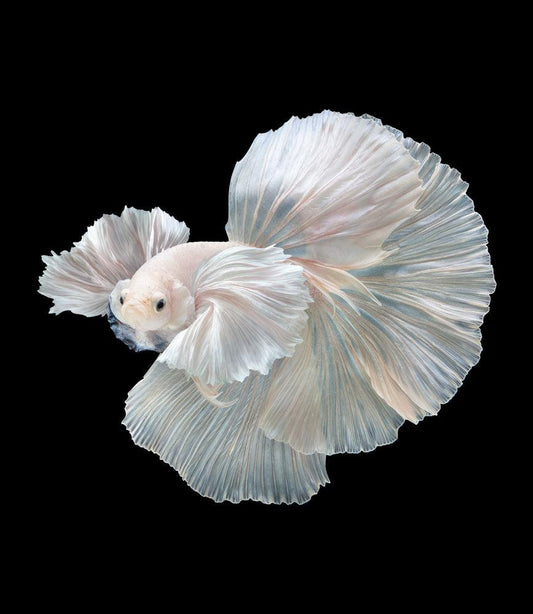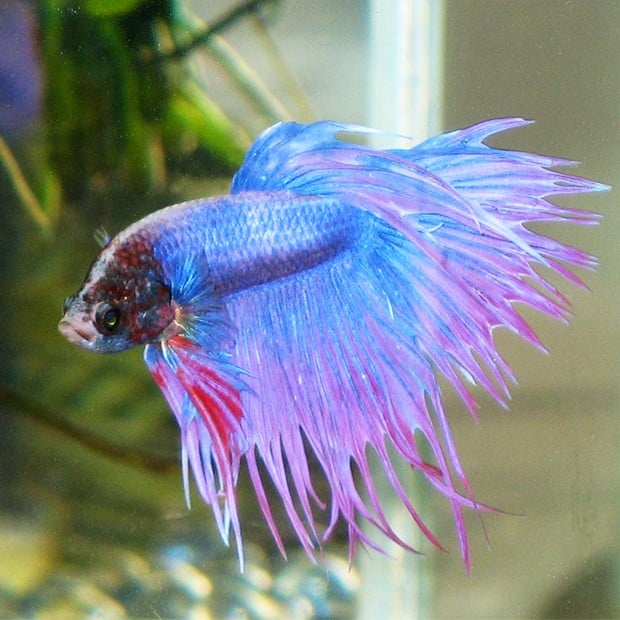How to Introduce Betta Fish to an Area Container Securely
How to Introduce Betta Fish to an Area Container Securely
Blog Article
All Concerning Betta Fish: Comprehending Their Special Needs, Habits, and the Best Practices for Ideal Treatment
Comprehending the one-of-a-kind requirements and actions of Betta fish is essential for any kind of aquarist looking to supply ideal care. These fascinating animals, belonging to the cozy waters of Southeast Asia, exhibit unique territorial propensities and require particular ecological problems to grow. From selecting the right storage tank dimension to recognizing prospective wellness issues, different elements dramatically influence their well-being. As we check out these components further, the implications for both beginner and seasoned fish keepers become significantly evident, questioning regarding just how ideal to accommodate these remarkable fish in our homes.
Betta Fish Overview
Although frequently admired for their vibrant colors and moving fins, Betta fish, medically understood as Betta splendens, are complicated creatures that require specific treatment to grow. Stemming from Southeast Asia, these freshwater fish are understood for their territorial nature and distinct behaviors. Betta fish display sexual dimorphism, with males displaying extra dazzling shades and longer fins than females.
Their aggressive propensities, especially amongst men, demand cautious consideration when real estate them. Bettas are commonly kept in single-specimen tanks to avoid territorial disagreements. They can exist together peacefully with particular compatible varieties in larger area storage tanks, provided the atmosphere satisfies their needs.

To guarantee ideal care, aquarists need to comprehend their one-of-a-kind behavioral qualities, nutritional demands, and environment needs. betta fish. With proper attention, Betta fish can exhibit their vivid personalities and flourish in a well-kept aquarium setting
Natural Habitat and Environment
Betta fish prosper in a diverse variety of natural habitats, primarily located in the superficial waters of Southeast Asia, including rice paddies, swamps, and slow-moving streams. These environments are identified by cozy temperatures, usually in between 75 ° F and 82 ° F(24 ° C and 28 ° C ), and a pH degree ranging from 6.5 to 7.5, which is perfect for their health and health.
In their natural surroundings, Betta fish are accustomed to thick greenery, providing both sanctuary and reproducing grounds. The visibility of plants such as drifting water lilies and thick turfs not just uses protection from killers however additionally adds to the oxygenation of the water, which is crucial for their respiratory system requirements. Additionally, these settings frequently have locations of still water, enabling Betta fish to exhibit their natural behaviors such as bubble nesting.
Comprehending the natural environment of Betta fish is important for fish tank lovers. Duplicating these problems-- through water temperature level, pH balance, and the addition of live plants-- can considerably boost the overall wellness and longevity of these exciting fish, ensuring they grow in a home aquarium setting.
Social Behavior and Communications
Understanding the social habits and communications of Betta fish is vital for effective aquarium administration. Betta fish, or Siamese combating fish, are known for their distinct behavior qualities, identified largely by territoriality and aggression. Males, particularly, display highly aggressive actions in the direction of each other, causing the infamous reputation of Betta fish as competitors. In a restricted room, 2 males can engage in fierce fights, usually resulting in injury or death.
On the other hand, women Bettas display less aggressive habits and can exist together in groups, called sororities, if introduced appropriately. It is crucial to check their communications very closely, as pecking order and supremacy can lead to conflicts. Understanding the characteristics within a Betta area try this site is crucial; establishing hiding places and guaranteeing adequate room can alleviate hostility.
In addition, Betta fish may additionally show curiosity and social habits towards various other types. While they can coexist with particular non-aggressive container companions, it is important to choose suitable types to avoid tension and aggressiveness. Overall, recognizing these social communications is essential to fostering an unified aquarium environment for Betta fish.
Essential Treatment Standards
Giving appropriate care for Betta fish is vital to their health and wellness. Normal water changes-- around 25% once a week-- help preserve water top quality.
Betta fish require a suitable container size; a minimum of 5 gallons is sites advised to provide appropriate room for swimming and hiding. Consist of decorations and plants to produce a revitalizing setting, but avoid sharp things that could harm their delicate fins.

Last but not least, make sure the storage tank is geared up with a filter to keep the water tidy, however use a mild filter to stay clear of strong currents that can stress the fish. By following these important treatment standards, owners can advertise a healthy and balanced and dynamic Betta fish.
Common Health Issues and Solutions
In the treatment of Betta fish, understanding of common wellness problems is essential for keeping their wellness. One prevalent problem is fin rot, typically caused by bad water quality or microbial infection. Symptoms consist of frayed or discolored fins. To deal with fin rot, improve water problems and think about making use of a broad-spectrum antibiotic.
An additional typical disorder is ich, a parasitic infection defined by white places on the fish's body (betta fish). Treatment includes increasing water temperature and including fish tank salt to the storage tank, as this can assist eliminate the bloodsucker
Swim bladder disorder is additionally frequently observed, causing buoyancy problems. This condition might arise from overfeeding or bowel irregularity. A fasting period of 24-48 hours, complied with by a diet regimen of blanched peas, can provide relief.
Last but not least, bettas might More Bonuses suffer from velvet condition, indicated by a gold dust-like appearance on their skin. Therapy typically needs medicine especially designed for external parasites, together with enhanced container hygiene.
Normal monitoring of water parameters, preserving a clean atmosphere, and supplying a well balanced diet regimen are crucial preventive steps. By resolving these health and wellness concerns without delay, Betta fish can lead much healthier, extra vibrant lives.
Conclusion
In summary, successful betta fish care calls for an understanding of their unique needs and actions. Giving an ideal setting, consisting of proper storage tank size and water conditions, is important for their well-being. Additionally, recognizing their territorial nature and making certain ample concealing places can avoid aggression. Regular surveillance of wellness and water high quality, together with a balanced diet, adds to the durability and vibrancy of betta fish. Sticking to these guidelines will foster a growing marine environment for these fascinating animals.
Report this page